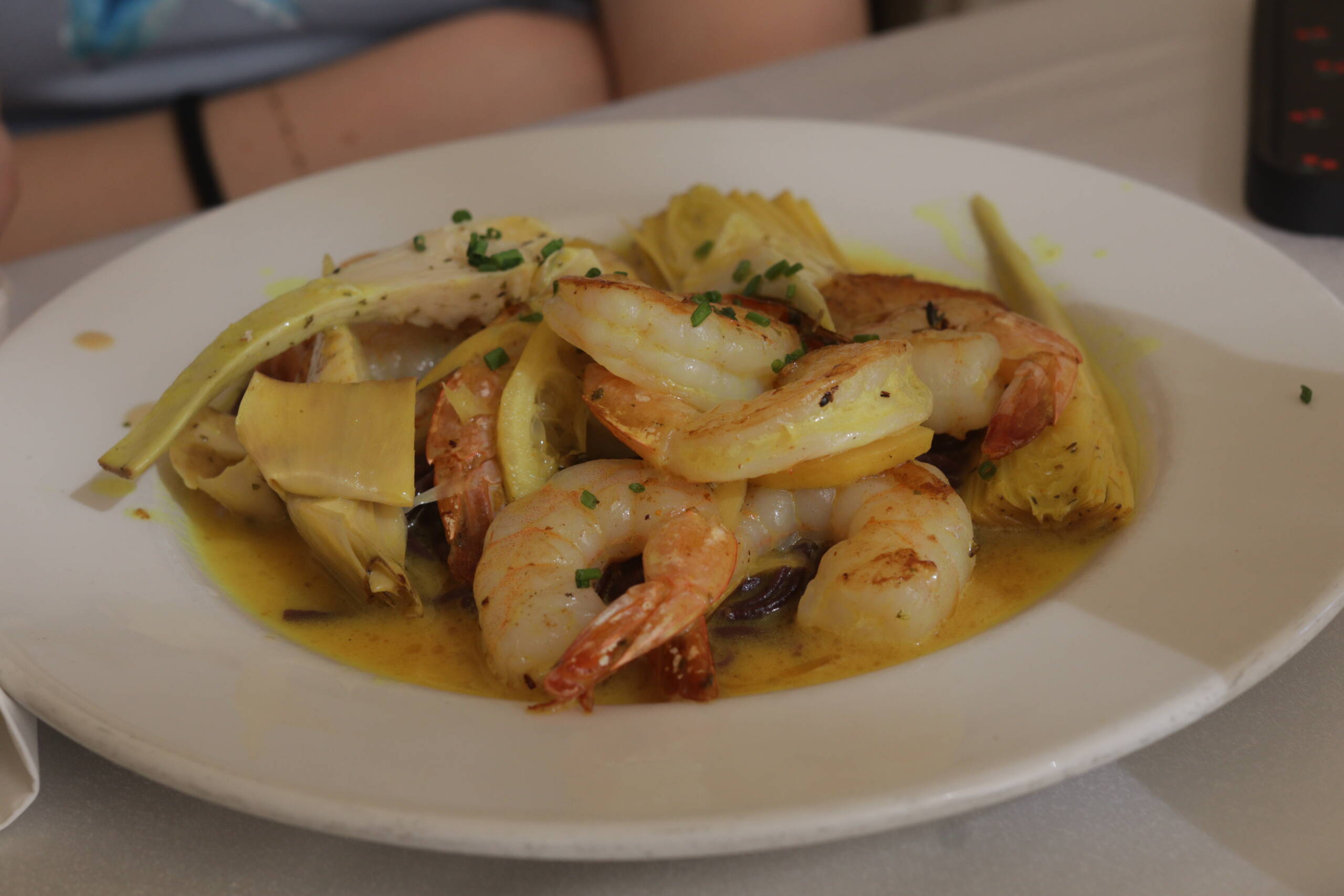Palermo isn’t a city you visit quietly. It rushes at you in sound, scent, and color, demanding that you pay attention. Walking through its historic heart, the Palermo Cathedral rises in a patchwork of styles—Norman, Arabic, Byzantine—its rooftop offering sweeping views over domes, terracotta rooftops, and the Mediterranean beyond. Just nearby, the Norman Palace and its Palatine Chapel glow with golden mosaics that seem to trap the light and history of empires in every fragment of glass.
The city breathes in its markets. Ballarò, Capo, and Vucciria are a chaos of voices, sizzling pans, and aromas that tumble into one another—fried panelle, fresh sardines, pyramids of oranges, arancini that burn your fingertips with their first bite. Here, travel is not about seeing but tasting, smelling, and stumbling into life as it happens. Even the city squares tell stories: the theatrical Quattro Canti, the dramatic Pretorian Fountain with its half-scandalous marble figures, the unexpected stillness of Villa Bonnano Gardens where orange blossoms sweeten the air.

A plate like this feels almost like Palermo distilled onto porcelain—bright, bold, and unapologetically Mediterranean. The shrimp, plump and glistening, taste of the sea that defines the city’s rhythm. They sit tangled with lemon slices, giving off that sharp citrus fragrance that seems to hang in Palermo’s air, where orange trees line the boulevards and fruit markets overflow with color. The artichokes, tender and earthy, recall the countryside just outside the city, where fertile Sicilian soil feeds both tradition and creativity. A drizzle of golden sauce pools at the bottom, somewhere between broth and silk, echoing the city’s way of turning the simplest ingredients into something celebratory.
Eating a dish like this in Palermo would not just be about food—it would be about context. Imagine savoring it after a morning wandering through Ballarò market, ears full of the calls of vendors, or after an afternoon tracing mosaics in the Palatine Chapel. The shrimp would not just be shrimp, but a conversation with the fishermen at Vucciria, the artichokes not just vegetables but a link to the patchwork of fields and gardens that still sustain the city. A meal here is a continuation of Palermo’s story: centuries of trade, conquest, and coexistence brought to the table in flavors both humble and regal.
This dish isn’t just lunch—it’s Palermo on a plate. A reminder that the city feeds not only your body but your imagination, that each bite is as much history as it is nourishment.
Palermo also speaks of resistance. Walking tours that trace the city’s “No Mafia” history reveal another layer of identity—stories of courage and transformation etched into daily life. To change pace, climb Monte Pellegrino, where the city spreads beneath you like a mosaic, or visit Palazzo Chiaramonte-Steri, whose ceilings whisper of art and inquisition alike. And when evening falls, the Teatro Massimo calls—whether for an opera or simply to marvel at the grandeur of a building that embodies Palermo’s cultural spirit.
If time allows, the treasures spill beyond the city. Monreale’s cathedral gleams in mosaics that rival Byzantium itself, while Mondello beach offers sand, sea, and Sicilian sunlight for those who crave a slower rhythm. And everywhere—always—there is food. Cannoli filled with sweet ricotta, slices of sfincione, cooling granita under the midday sun. Palermo’s cuisine is the truest guidebook, a blend of all the cultures that have left their mark on the city.
Palermo isn’t just a destination; it’s a collision of history, chaos, and flavor that will linger long after you leave. It’s not the neatest city, nor the quietest, but perhaps that’s the point: it makes you feel alive.
Leave a Reply